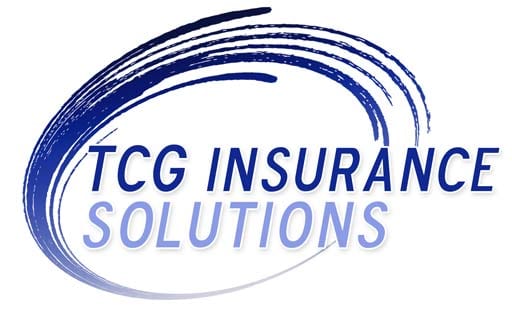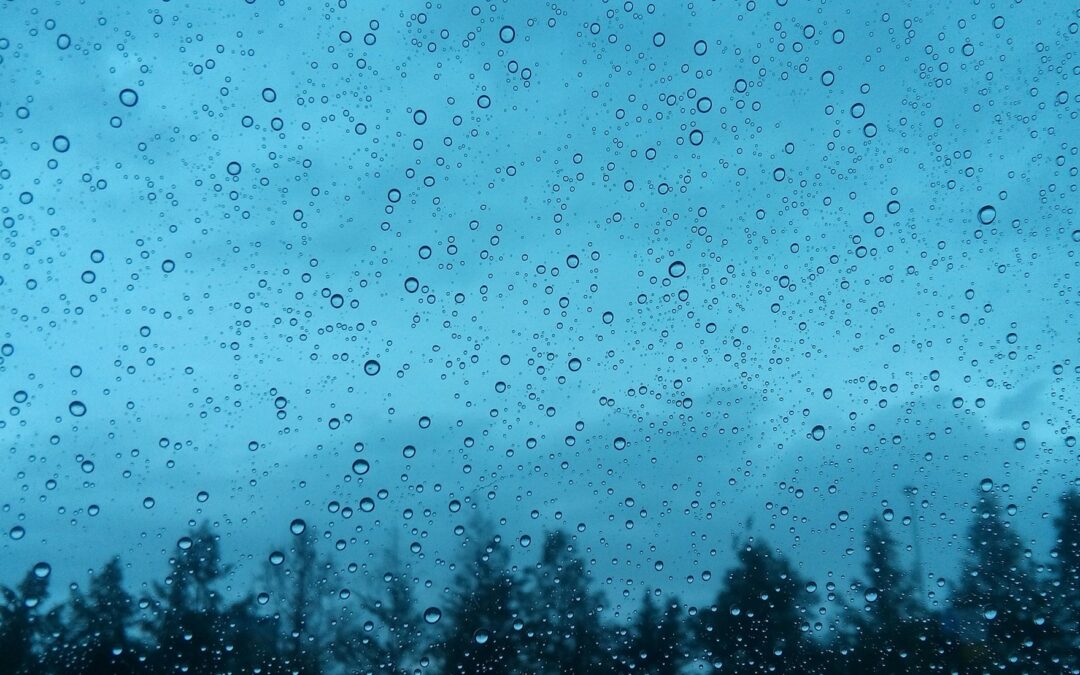Prep for the Unthinkable: How to Make an Emergency Plan for Natural Disasters
Blog Post by Hazel Bridges of agingwellness.org
We want to protect our family no matter what happens. Yet, we can feel helpless to deal with the impact of a natural disaster. Thankfully, with thorough planning, your family can be prepped for any event, whether it’s flooding, blizzards, thunderstorms, or wildfires. Consider these suggestions from TCG Insurance Solutions.
Have a Plan of Action
An emergency plan can be a lifesaver, as there are no certainties when it comes to natural disasters. Given this, you want everyone on board from the get-go, including the kids. They need to know what has to be done, when and how, and involving them can help. Your plan must include steps to take at home — for all manner of disasters — and what should be done if something occurs when you’re elsewhere. To start, detail a list of contacts and escape routes, which can be aided by floor plans, and give copies to the entire household. If possible, do this for other locations, such as school, your place of work, or even for the family car.
Of course, include calling 911 in your plan if worse came to worse.
Build an Emergency Kit
A disaster can affect your daily routine and potentially disrupt power, water, and food supplies. By making an emergency kit (you can also pick up a pre-assembled kit on sites like Amazon for around $28), you can protect your family from these possibilities. One way to prep your kit is to write a checklist of everything needed. Your focus should first be on basics that can support you for a couple of days, such as medical supplies, non-perishable food, water, and medications.
Once your basics are built up, consider your gear; flashlights, hand-crank radios, blankets, and extra batteries for your phone can all come in handy. Of course, these are only a start, but they offer a solid foundation for an emergency kit.
Get Involved and Communicate
The more active you are in your neighborhood, the better you can stay updated on how to respond to a natural disaster. If you have a community association, ask them what measures they may take, as they have a responsibility to have a clear plan of action. As a minimum, see what contact details there are and what community supervision might be available. Fortunately, both state and federal bodies offer emergency alerts, and some organizations, like FEMA, have apps that provide resources and updates. Staying in touch will be vital during a natural disaster, as information may change rapidly and routes can become inaccessible.
Landscape Carefully
Your surroundings can contain potential hazards during a natural disaster. In particular, the trees in our yards can be dangerous if their branches close in or fall on our homes. However, pruning or cutting them isn’t only exhausting, but risky, too, so look around for a nearby professional to complete the project safely. Typically, it costs about $50 to $1,500 to trim trees or fully remove them, according to Angi. When choosing a pro, be sure they’re insured, and always ask for referrals. Be sure they have the right equipment, too, because the job may require more than chainsaws and ladders (i.e., a crane for larger fallen trees).
Of course, good landscaping can also be a defense, so look to fire-resistant plants or well-maintained windbreaker trees for storms.
Prepare the Home
How you adapt your property will depend on the emergency. Go over your home to look for evidence of disrepair, particularly in escape routes. After all, a thunderstorm could devastate a roof, but you can reinforce it with brackets or clips and secure loose shingles with industrial glue. No emergency plan is complete without adapting the home to meet disasters head-on.
Preparing your family for a natural disaster may sound daunting, but it’s crucial. It’s a relief, then, that you can do much to create a comprehensive emergency plan and ready your home. This is not an easy subject for any family to explore, yet it can safeguard you and your house.
Image courtesy of Pixabay
If you found these tips useful on Prep for the Unthinkable: How to Make an Emergency Plan for Natural Disasters, please read the related article below.


